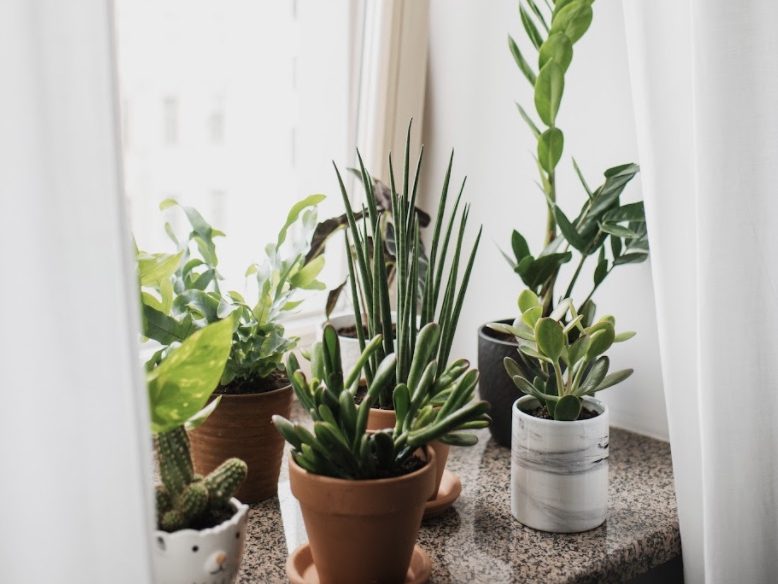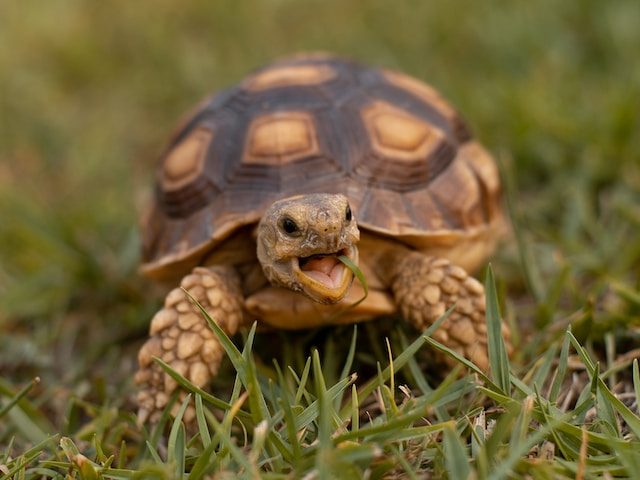
Knowing when to water your houseplants can be difficult and the balance between over and under watering is one of the biggest struggles that plant parents face. Whilst the amount you need to water each plant will differ for each variety, there are a few great tricks you can use to ensure that you find the right balance for each plant.
Enter the chopstick method. This is one of our favourite ways to check the soil moisture and know whether you need to water your plant more or less. But you’re probably wondering what the chopstick method even is and how you can use it to prevent watering disasters. Well luckily, we have written this short guide with all the information you need to know.
Inserting the chopstick
It’s important that you don’t damage the root system too much when putting the chopstick into the soil. This is because if you break or damage any of the larger roots, it can cause your plant to go into shock and can even (in more severe cases) cause your plant to lose leaves. This is because the root system can’t uphold that level of growth anymore.
It’s OK to hit a few of the smaller roots though as breaking those won’t really cause any damage to your plant. You want to avoid doing this frequently though as it can start to cause problems. The best way around this is to gently wiggle the chopstick around and not force it through when it feels as though it has hit something. It might be that you need to insert it into a different spot where it goes into the potting mix easier.
When inserting the chopstick you want to ensure that it’s at least 5cm into the soil. This will give you a more accurate reading of how much moisture is in the potting mix. Essentially the more soil you can test, the better.
Removing the chopstick
You don’t really need to keep the chopstick in the soil for too long, a few seconds will be enough to determine how much moisture is in the soil. Gently remove the chopstick from the soil. The next thing you’ll need to do is understand what you’re looking for when it comes to figuring out how moist the soil is.
It’s pretty easy to figure out as soggy soil will stick to the chopstick whereas dry potting mix won’t. Therefore, if your chopstick comes out clean, then the soil is pretty dry. However, if all of or part of the chopstick comes out covered in soil, then there is still some moisture in the soil.
Adjusting your watering pattern
Now that you’ve figured out how much moisture is in the potting mix, you need to know how to adjust your watering routine (if at all). This all depends on the plant type that you are looking at as some plants love moist soil whereas others thrive if the potting mix is bone dry.
This means that you can’t simply water your plant when the soil is dry as it can still cause root rot among plants with delicate roots. Check out our Plant Index to figure out how much water your plant needs and use that to adjust your watering routine. The chopstick method should simply be used to figure out how much moisture is in the soil, rather than dictate your watering routine.














